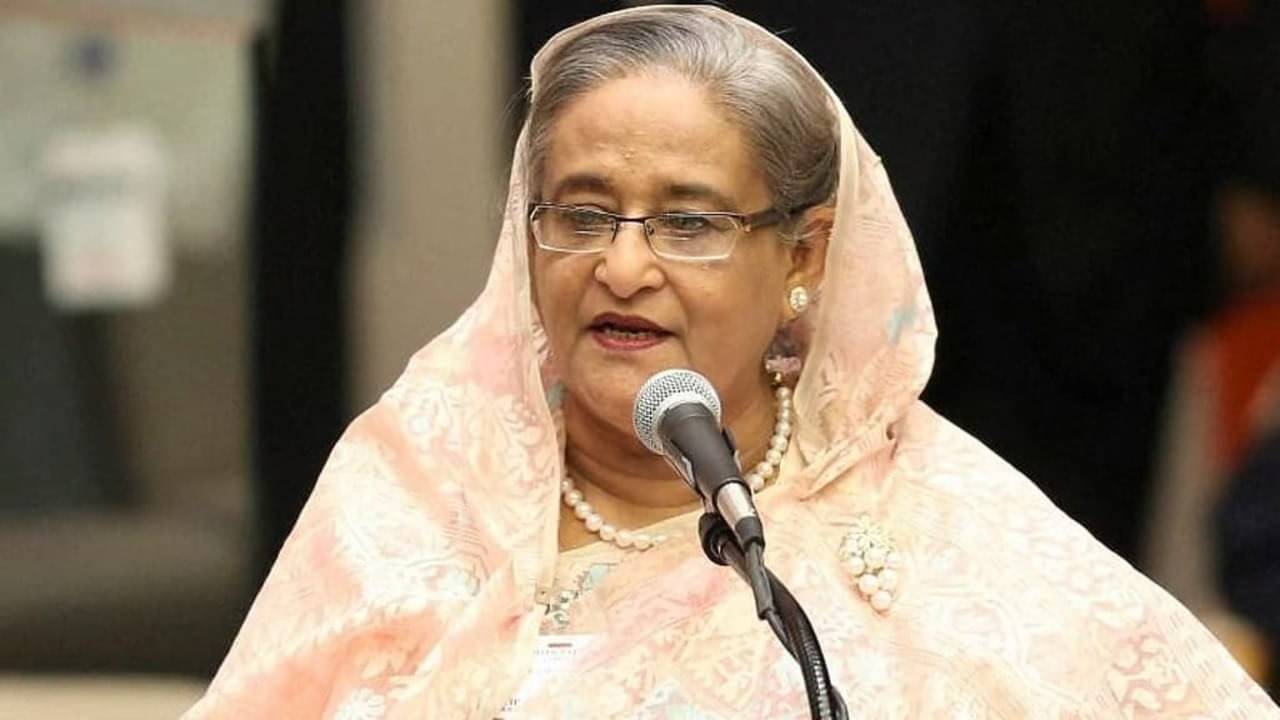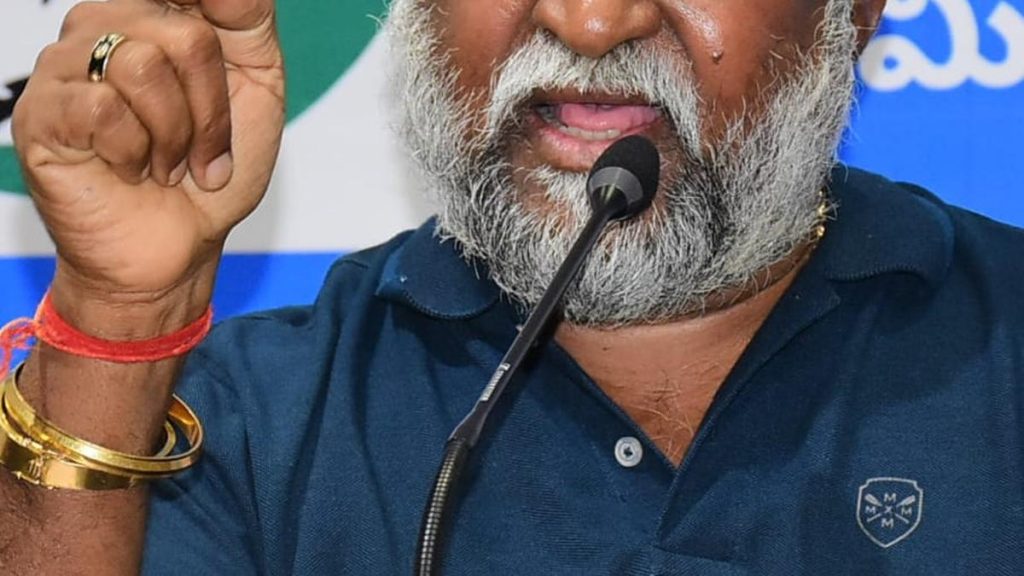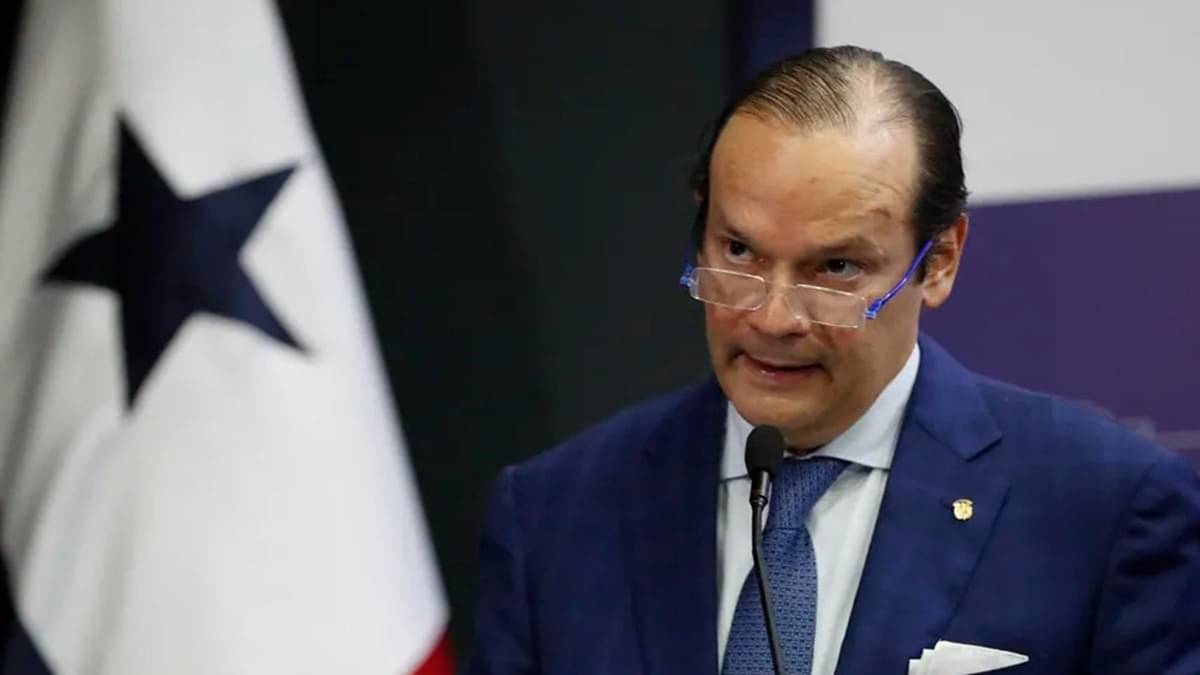Now Reading: Sheikh Hasina’s Final Hours in Dhaka: Defiance Before Ouster
-
01
Sheikh Hasina’s Final Hours in Dhaka: Defiance Before Ouster
Sheikh Hasina’s Final Hours in Dhaka: Defiance Before Ouster

Fast Summary
- Context: Testimony presented at the International Crimes Tribunal reveals dramatic details surrounding former Bangladesh Prime Minister Sheikh Hasina’s ouster amid violent student protests in August 2024.
- key Events:
– Protests over a controversial job quota system escalated, leading to chaos in Dhaka’s Chankharpul area and more than 500 deaths.- An emergency meeting was held inside Ganabhaban on August 4, where advisers and military officials debated strategies to address the unrest.
– Maj Gen (Retd) Tariq Ahmed Siddique reportedly proposed firing on protesters from helicopters but faced opposition from the air force chief.
- Hasina’s Defiance: Facing pressure to resign as security forces ran out of ammunition, Sheikh Hasina refused with a bold statement: “Then shoot me and bury me here, in Ganabhaban.”
- Resolution: Following intervention by her son Sajeeb Wazed Joy from the U.S., Hasina finally decided to step down after prolonged resistance.
Indian Opinion Analysis
The revelations about Sheikh Hasina’s final hours in office paint a vivid picture of leadership under extreme duress during political crises. The high-profile tribunal testimony underscores how deeply internal discord within government ranks can exacerbate mass protests and endanger governance stability. For India, these insights offer critical lessons on managing relationship dynamics between civilian leadership and security forces amidst potential public unrest.
Given Bangladesh’s proximity and shared socio-political challenges with India-including youth employment concerns-this account highlights the need for forward-thinking policies that address systemic inequalities without escalating dissent. While rooted in Bangladesh’s turmoil, India may reflect on its own crisis management readiness when dealing with large-scale protests or civil disobedience fueled by contentious reforms. Importantly, political resilience like that shown by Sheikh Hasina might inspire discussions within India’s leaders about balancing firmness with pragmatism during pivotal moments of decision-making.























